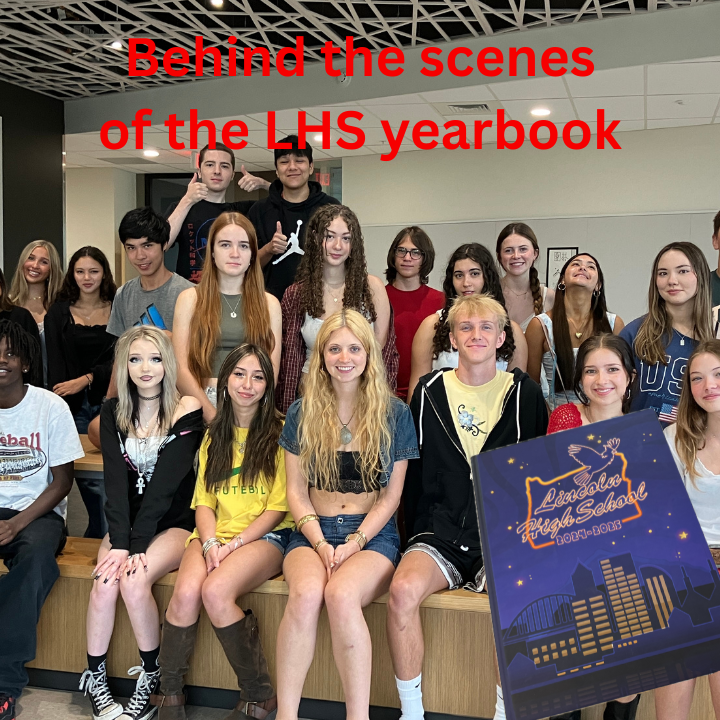The celebration of Kwanzaa and its importance
The kinara is the candle holder used to celebrate the seven different principles of Kwanzaa.
December 26, 2021
In the United States, the winter holiday season predominantly concentrates on Christmas, a white-centered, Christian holiday. Eurocentric holidays leave little to no room for celebrations centered around marginalized communities, with Kwanzaa often being one of these celebrations.
Kwanzaa, a traditionally Black and Pan-African holiday, was created in 1966 by Dr. Maulana Ron Karenga. Karenga, a writer, educator and activist, created the holiday to reaffirm and restore African heritage and culture, to serve as a nationally celebrated communal and non-heroic holiday, as an act of cultural self-determination and to introduce and reinforce the Nguzo Saba (the Seven Principles).
According to the National Museum of African American History and Culture, Kwanzaa is centered around Nguzo Saba, which help build and maintain unified and powered communities.
Kwanzaa begins the day after Christmas and is celebrated for seven days, with each day representing one of the seven principles of Nguzo Saba. The seven principles are Umoja (unity), Kujichagulia (self-determination), Ujima (collective work and responsibility), Ujamaa (cooperative economics), Kuumba (creativity), Nia (purpose) and Imani (faith).
Each night, a candle is lit on the kinara to celebrate the seven different principles. In the center of the kinara is a black candle that represents people of African descent. To the left of the black candle are three red candles representing the blood of ancestors, while the three green candles on the right stand for earth, life and the promise of the future.
The erasure of Black culture in America has occurred for centuries, starting in 1619 when the first enslaved Africans were brought to the United States. When enslaved, Black people were prohibited from expressing any aspect of the African cultures they brought with them, and were severely punished when caught doing so. Slave masters forced Black people to follow Christianity, which justified the cruelty of slavery and promoted anti-Blackness. Even when slavery was abolished in 1865, laws such as the Jim Crow laws prevented Black people from having simple human rights and freedoms.
During the civil rights movement, Black Americans fought to end racial discrimination and gain equal rights under the law.
In 1966, two years after the passage of the Civil Rights Act, Kwanzaa was created. During this time Black people felt strongly about expressing themselves after years of fighting for their basic human rights.
Prior to the civil rights movement, true Black history was rarely taught or celebrated. However, the constant strength and resilience of Black people broadened the celebration of Black and African cultures.
A few years after its creation, Kwanzaa broke into mainstream Black culture with numerous features in influential magazines.
In 1983, Ebony wrote that “almost all Black Americans are placing special emphasis on roots and family togetherness in what some social commentators are calling [Kwanzaa] the New Soul Christmas.”
Throughout history, Black people have continued to fight for more access to Black history and heritage. Today, many Black people spend the entire year celebrating their heritage and connecting with their African roots, instead of only doing so during the last week of the calendar year.



